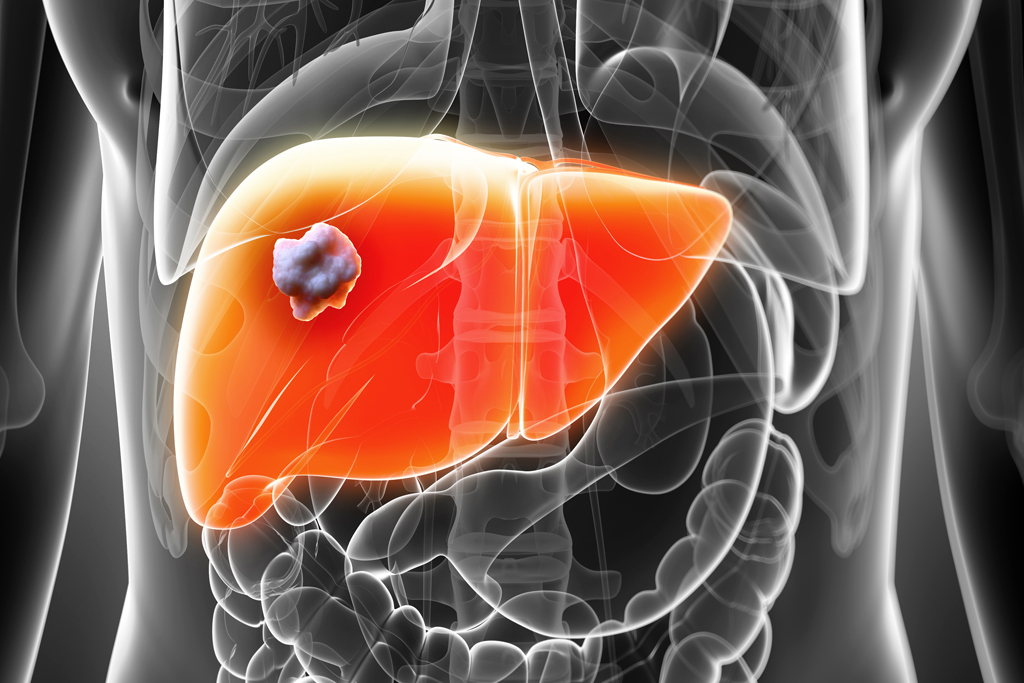Tirzepatide Reduces Liver Fat Better than Insulin In Diabetic Patients
 Compared to titrated insulin degludec, tirzepatide led to greater improvements in liver fat content and abdominal adipose tissue in adults with type 2 diabetes, according to an MRI sub-study of Eli Lilly and Company's phase 3 SURPASS-3 clinical trial.1 Tirzepatide is a once-weekly dual glucose-dependent insulinotropic polypeptide (GIP) and glucagon-like peptide-1 (GLP-1) receptor agonist that integrates the actions of both incretins into a single novel molecule, representing a new class of medicines being studied for the treatment of type 2 diabetes.
Compared to titrated insulin degludec, tirzepatide led to greater improvements in liver fat content and abdominal adipose tissue in adults with type 2 diabetes, according to an MRI sub-study of Eli Lilly and Company's phase 3 SURPASS-3 clinical trial.1 Tirzepatide is a once-weekly dual glucose-dependent insulinotropic polypeptide (GIP) and glucagon-like peptide-1 (GLP-1) receptor agonist that integrates the actions of both incretins into a single novel molecule, representing a new class of medicines being studied for the treatment of type 2 diabetes.
The results of the study were presented at the 57th European Association for the Study of Diabetes (EASD) Annual Meeting in an EASD-sponsored symposium.
The MR sub-study achieved its primary and secondary endpoints. As evaluated by MR scans, the sub-study showed all three doses of tirzepatide (5 mg, 10 mg, 15 mg) led to greater reductions in liver fat content compared to insulin degludec, and reductions in volume of visceral adipose tissue and abdominal subcutaneous adipose tissue compared to increases in volume of both measurements with insulin degludec at 52 weeks.
“Increased ectopic fat – such as liver fat or visceral adipose tissue – is commonly seen in adults with type 2 diabetes and is associated with an inflammatory response and increased cardiometabolic risk,” said Amalia Gastaldelli, Ph.D., Research Director of Cardiometabolic Risk Unit, Institute of Clinical Physiology, CNR, Pisa Italy. “We are encouraged by the robust reductions in liver fat content and abdominal adipose tissue observed with all three doses of tirzepatide in this population of adults with type 2 diabetes and elevated liver fat content.”
SURPASS-3 was a 52-week, multi-center, randomized, phase 3, open-label trial evaluating the efficacy and safety of tirzepatide compared to titrated insulin degludeci in adults with type 2 diabetes who have inadequate glycemic control on stable doses of metformin with or without an SGLT-2 inhibitor. Study participants were insulin-naïve and had a mean duration of diabetes of 8.4 years, a baseline A1C of 8.17% and a baseline weight of 94.3 kg.
The SURPASS-3 MRI sub-study compared the effect of tirzepatide to titrated insulin degludec on liver fat content (LFC), volume of visceral adipose tissue (VAT) and abdominal subcutaneous adipose tissue (ASAT) in 296 participants as evaluated by MRI scans at baseline and at 52 weeks. The subpopulation of adults with type 2 diabetes who participated in this sub-study had an overall baseline LFC of 15.7%.
Results among participants taking tirzepatide at 52 weeks showed:
- Greater absolute reduction from baseline in LFC for pooled 10 mg and 15 mg arms (-8.09% from 15.67% at baseline) compared to insulin degludec (-3.38% from 16.58% at baseline), the primary endpoint.
- Greater relative reduction from baseline in LFC (29.78%-47.11% across the three doses) compared to 11.17% for insulin degludec.
- The majority of participants taking tirzepatide achieved at least a 30% reduction in LFC from baseline (66.9%-81.4% across the three doses) compared to a third of those taking insulin degludec (32.12%).
- Up to -1.65 liter (L) reduction from baseline of 6.81 L in VAT (15 mg) and -2.25 L reduction from baseline of 10.21 L in ASAT (10 mg) compared to an increase with insulin degludec (+0.38 L from 6.34 L baseline and +0.63 L from 10.04 L baseline respectively).
The overall safety profile of tirzepatide in SURPASS-3 was similar to the well-established GLP-1 receptor agonist class. Gastrointestinal side effects were the most commonly reported adverse events and decreased with continued dosing.
“In this study, we found that more than twice as many participants taking tirzepatide experienced greater than 30% reduction in liver fat content compared to those taking insulin degludec,” said Laura Fernández Landó, M.D., senior medical director, Lilly Diabetes. “The results provide us with a deeper understanding of the potential metabolic benefits of tirzepatide in adults with type 2 diabetes and we look forward to continuing to study the effects of tirzepatide beyond glucose and weight control alone.”
Related Articles
Citation
Tirzepatide Reduces Liver Fat Better than Insulin In Diabetic Patients. Appl Radiol.
October 1, 2021